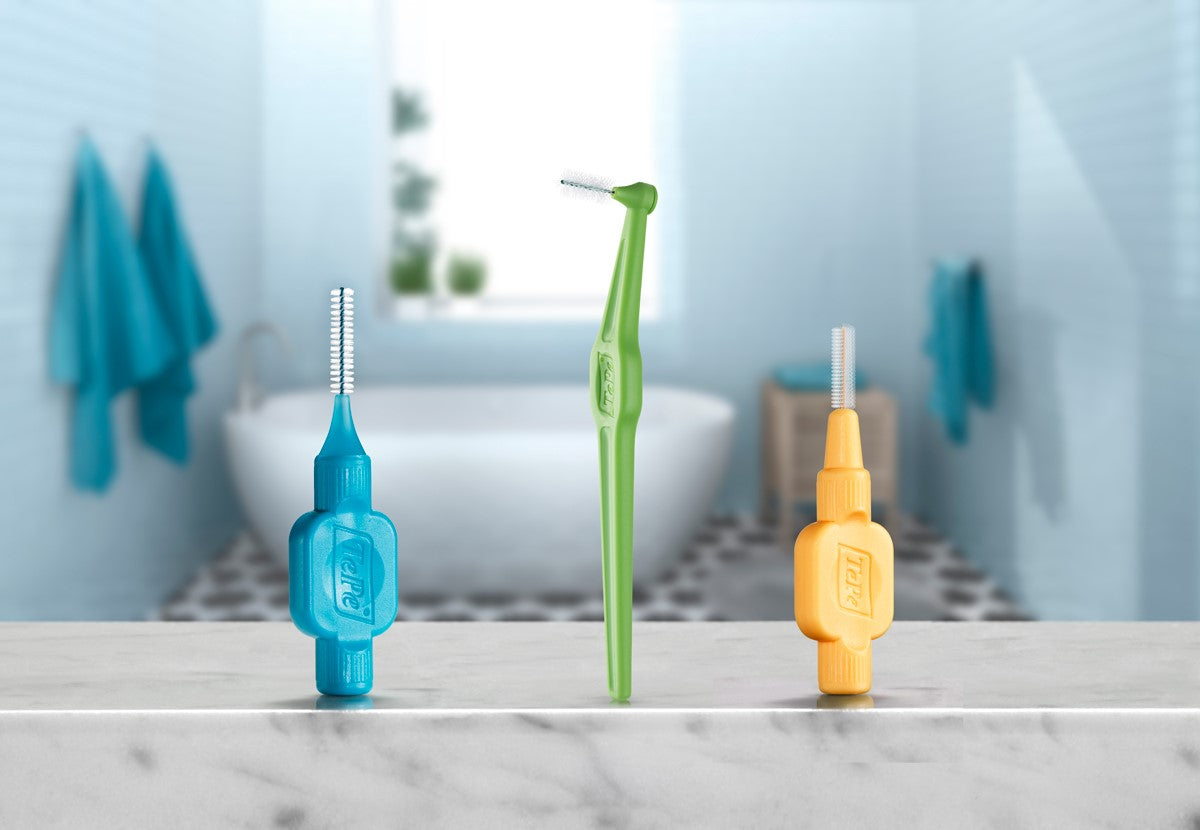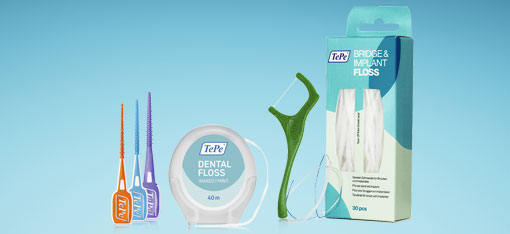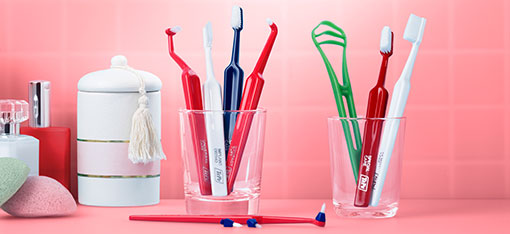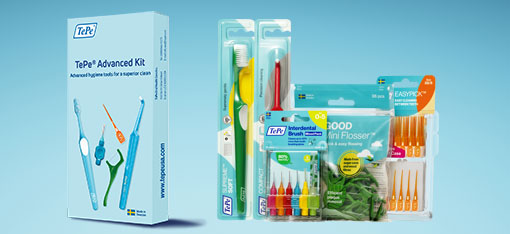The Basics of Wisdom Teeth & How to Clean Them
During your late teens to early 20s your third molars may start to appear. Due to coming in at a more mature age, these teeth are often called wisdom teeth. Wisdom teeth are the molars that are the furthest back in your mouth.
Every person is different. Some people have all 4—two in the upper jaw and two in the lower jaw—but some people have more, fewer, or none. If there is room for all of them to come through the gums, they can help with chewing.
Is there room in my mouth for my wisdom teeth?
Many people don’t have enough space for wisdom teeth to come through the gums or they come through in the wrong position. If your wisdom teeth are impacted, it simply means they are trapped in your jawbone under the gums.
What problems can wisdom teeth create?
- The tooth comes in at an angle, pushing on the tooth beside it. Theis may cause damage to the neighboring tooth.
- The tooth may be partially coming out of the gums, so some of it will still be covered by your gums. This creates an ideal spot for food and bacteria to get trapped, which can lead to infection or cavities.
- The tooth may come through in the wrong position, and it doesn’t touch the opposing tooth for the purpose of chewing.
- The wisdom teeth might be difficult to access for plaque removal, as they are far back in the mouth.
- Impacted wisdom teeth can form a cyst that may damage the roots of nearby teeth or destroy the jawbone.
When should I get my wisdom teeth removed?
If you have been advised by a dental professional to get your wisdom teeth removed, it is better to do this at an early age. The roots of wisdom teeth are still forming when you are a teenager, so it is easier to take them out. Also, younger jawbone often heals and recovers faster. The longer you wait, the more problems can occur.
Every patient is unique, but in general, wisdom teeth may need to be removed when there is evidence of changes in the mouth such as: (ADA, 2023)
- Pain
- Infection
- Cysts
- Tumor
- Damage to neighboring teeth
- Gum disease
- Tooth decay
First a dentist will examine your mouth and take an x-ray. Together, you and your dentist can discuss the best course of treatment.
TePe tool for cleaning partially erupted wisdom teeth:
TePe Compact Tuft™ is a dome-shaped tuft with tightly packed short bristles that gives a firm feel.

When using on the top of the tooth, hold the brush tip at a 90-degree angle towards the biting surface of the tooth. Move the brush tip gently with small, circular movements. This will clean the grooves and help prevent cavities. This works great for partially erupted teeth.
Read More: https://www.mouthhealthy.org/all-topics-a-z/wisdom-teeth











Leave a comment